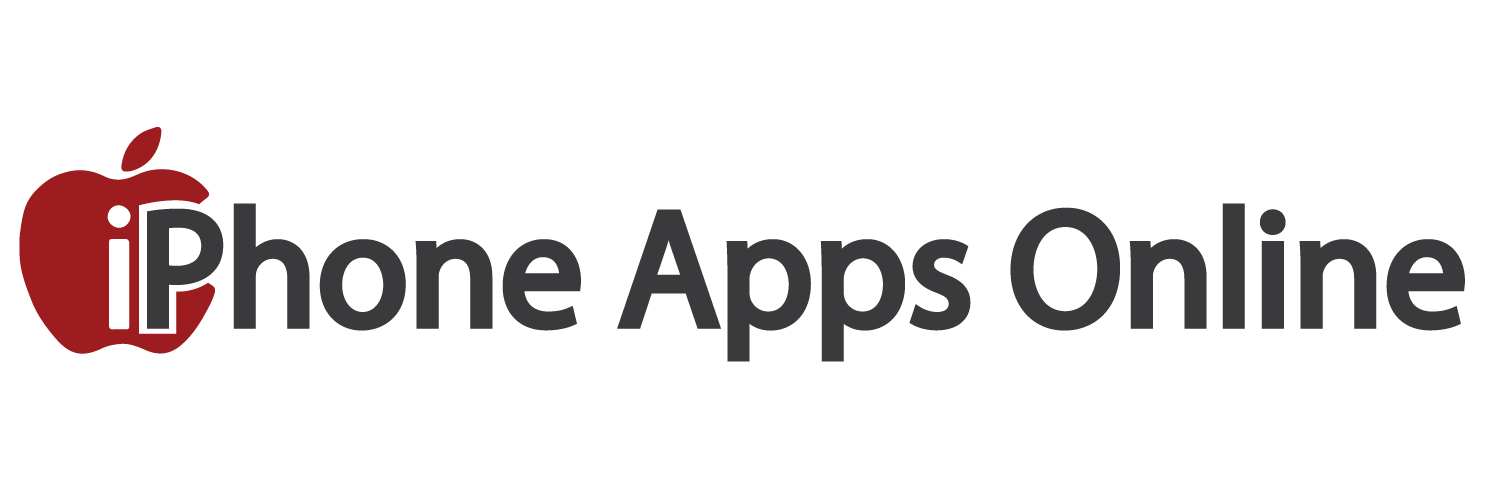Remote work has become a regular part of many employees’ lives, particularly in fields such as accounting, project management and customer service. This flexibility offers both employees and employers a number of benefits.
But to work effectively remotely, you need to be comfortable using digital tools and platforms. These include video and chat programs, project management software and company-specific platforms.
Hardware
When you think of remote work, you may think of working from home (WFH), or even telecommuting. But the reality is that remote work encompasses much more than just a physical office space and a laptop computer.
When it comes to the technology requirements for remote work, you need strong and reliable internet connections that support collaborative tools and virtual meetings. You also need a system for communicating with your team and clients.
For the most part, companies don’t have to invest in a full suite of specialized remote work technology. For example, a study by Buffer reported that most companies provide their remote workers with hardware such as a laptop and a desktop monitor or laptop computer. This makes it possible for employees to create an environment that best suits their personal working style, and improves productivity. As more employees demand and expect flexible arrangements, this will likely be the norm for the foreseeable future.
Software
The remote work trend gained renewed interest during the COVID-19 pandemic as companies were forced to allow employees to work from home and other locations outside of company offices. Since then, the technology behind telecommuting and flexible working has continued to advance.
The key to remote work is digital software, and there are numerous programs designed to help employees stay on task, collaborate with colleagues, and meet deadlines. Many of these programs are available as SaaS, or as integrated suites that include everything from collaborative workspaces to project management tools and telecommunications systems.
Additionally, some digital solutions provide ways for workers to get paid remotely. This is a growing trend, and companies such as Workful, Zenefits, Rippling, Namely, and Gusto offer remote work solutions that automate payment after an employee invoices a client or logs their hours. This removes the need for human payroll staff and helps reduce a business’s carbon footprint. It also helps with security, as personal information isn’t shared via email or insecure file storage.
Communication
The COVID-19 pandemic spurred businesses to reevaluate how they operate and gave rise to the remote work trend. Its long-term popularity comes from the advantages it offers both employees and employers: reduced or eliminated commuting time, recruiting and hiring flexibility, productivity gains and more.
To make the most of working remotely, teams must be able to communicate clearly and often with each other. This requires robust, reliable connectivity for applications and platforms like chat, videoconferencing, project management software, file sharing, and remote desktop access.
Employees can work remotely 100% of the time or be part-time remote workers who come into the office occasionally or on a set schedule. In the latter case, some positions are known as hybrid roles that require some physical presence in the office but also have a significant portion of work performed remotely. A flexible work arrangement such as this can benefit both the employer and the worker, especially when a manager takes the lead on promoting a positive culture for virtual teamwork.
Security
A decade ago, most companies would have balked at the idea of workers regularly working remotely. Today, however, the pandemic showed that employees can perform their jobs successfully from home — provided they have strong, reliable connectivity and teleconferencing technology.
Providing remote workers with secure VPNs and access to a corporate intranet are good first steps, but it’s also important for employees to be able to share documents and work together as if they were in the same room. To facilitate this, videoconferencing software is a must-have for remote work.
Additionally, it’s important that any programs used for communication and document sharing feature end-to-end encryption. This will minimize the risk of hackers getting access to private data and can increase trust within teams. It is also advisable to have firewalls and antivirus software installed on all devices, including personal ones. This will help protect against cyber threats and keep business operations running smoothly. Employees can then work from home with confidence, knowing their company’s cybersecurity measures are in place.






More Stories
Privacy-first networking: Secure alternatives to mainstream platforms
Beyond the Connection: Gamification Techniques to Supercharge Your Networking App
Decentralized Professional Networks: Your Career, Actually Owned by You